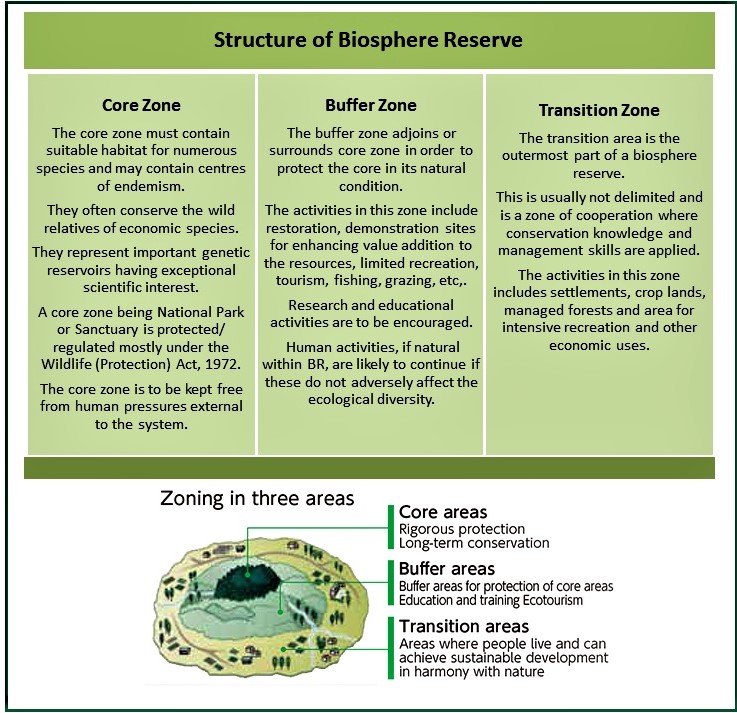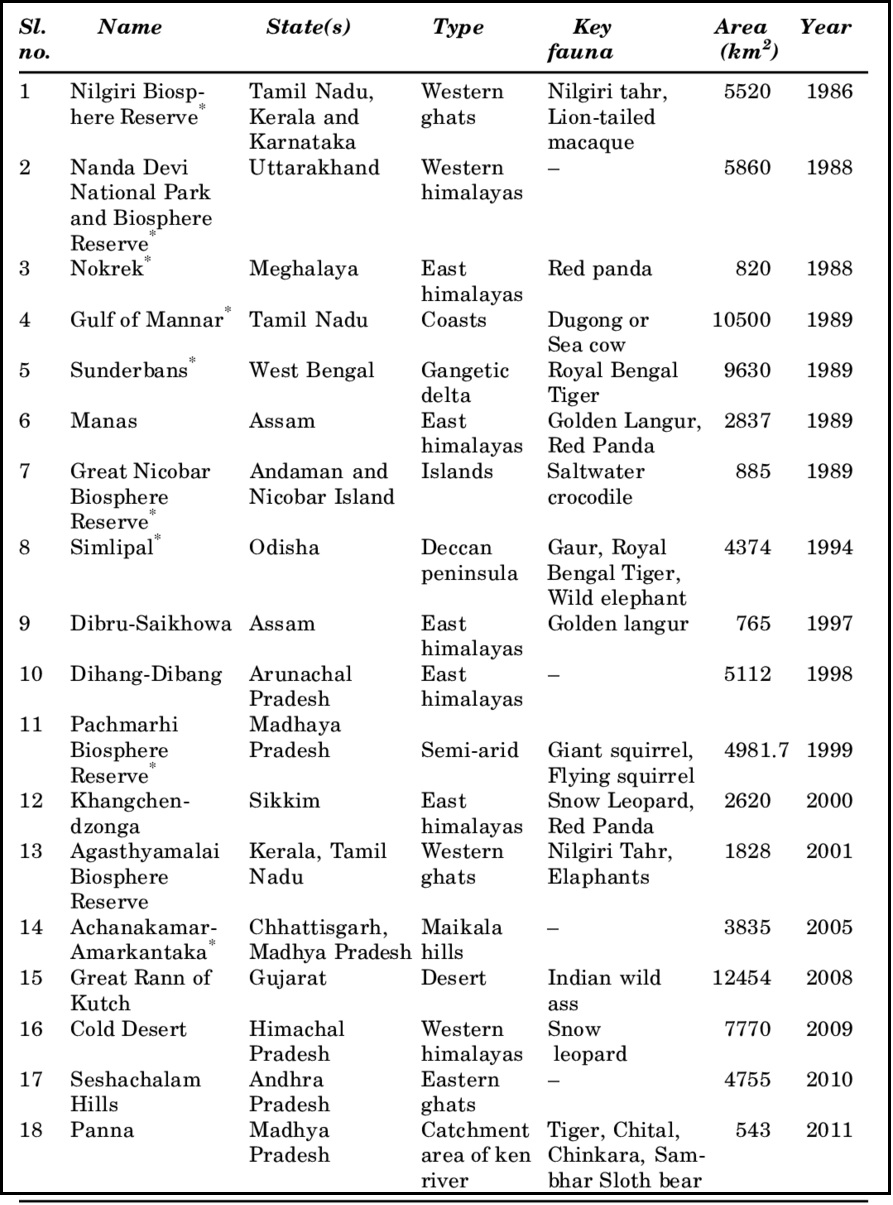900 319 0030
enquiry@shankarias.in
Expanding biosphere reserves across the world will help millions of people realise a better future in harmony with nature.
Criteria for designation of BR


References
Quick facts
UNESCO’s Man and the Biosphere Programme (MAB)
Biosphere reserves in India